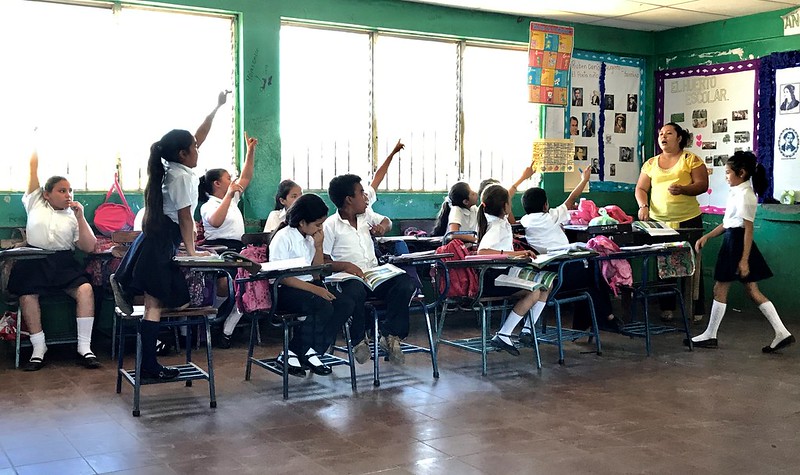The provides access to efficient insurance for sovereign risk associated with natural events, such as tropical cyclones, earthquakes, and excess rainfall. The Nicaraguan government has continually renewed its policies for earthquakes, tropical storms and excess rain. This insurance is currently one of Nicaragua鈥檚 main disaster risk financing instruments to provide short-term liquidity in the event of a disaster, allowing for immediate response while other financings can be mobilized. Nicaragua received $30.6 million in excess rainfall and tropical cyclone policies following Eta and Iota. This money provided short-term liquidity, allowing the government to respond to the emergency while securing other financing.
A areas from 2015 to 2019 helped over 14,000 people, mostly women, youth, and Afro-descendants, improve their access to nutritious food. The project used innovative agricultural and fishery techniques, training, and investments, resulting in a 78.25% increase in agricultural yields and over 8000 beneficiaries adopting new technologies.
The promoted access to 3G mobile phone service and broadband internet with speeds exceeding 2Mbps in 16 communities along the Caribbean Coast and R铆o San Juan. These efforts have benefited 39,518 community members, with 450 receiving digital literacy training in Spanish, Mayangna, and Miskito. In addition, the program awarded 1,747 scholarships for English, 910 scholarships for soft skills, and 52 technical skills related to information technology. Further, two open innovation centers have been established in Puerto Cabezas and Bluefields, where young university students have developed nine applications under the guidance of mentors and following an open innovation methodology. Overall, ten digital innovation centers were established around the country.
Through the projects and , Nicaragua established plans to improve health care quality and prevent chronic diseases in the first level of care. The results highlight the training of 2,518 health workers, the creation and equipping of entomology rooms to prevent diseases transmitted by mosquito bites, and the establishment of hospital waste management plans in 34 of the 64 hospitals.
In the past years, projects in roads (US$131.8 million), education (US$69 million), and land administration (US$50 million) have been completed successfully. Over 200 km of roads were built, rehabilitated, and maintained, and three key bridges were constructed to address climate change security and flooding issues. In the education sector, activities were implemented to enhance education quality through constructing and renovating school infrastructures, building capacity for teachers, introducing digital classes in 80 schools, and translating texts into several indigenous languages. Lastly, in Land Administration, the third project in a twenty-year intervention in the sector continued the integration of the property registry and cadaster, titling of properties, and demarcating protected areas. While progress has been made, further efforts are needed to complete the modernization of the property registry and cadaster in all 153 municipalities.
Last Updated: Oct 07, 2025


